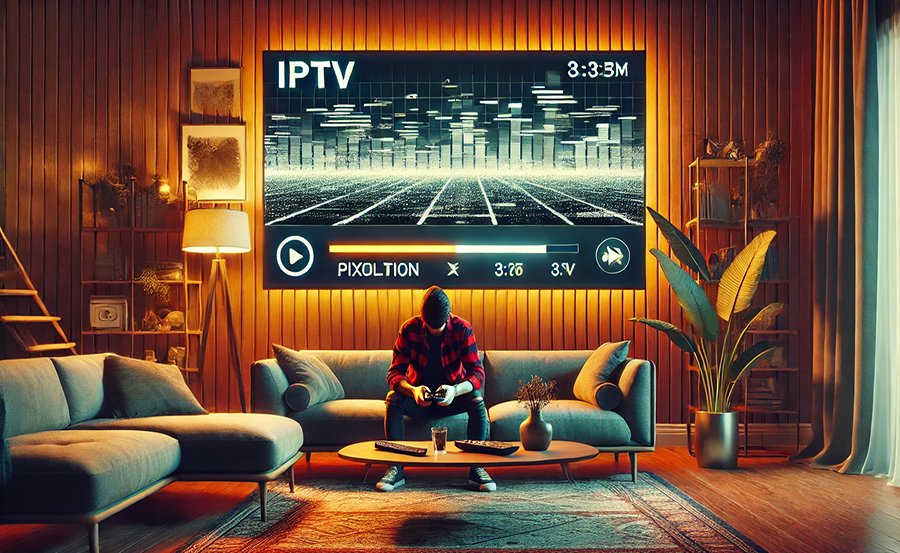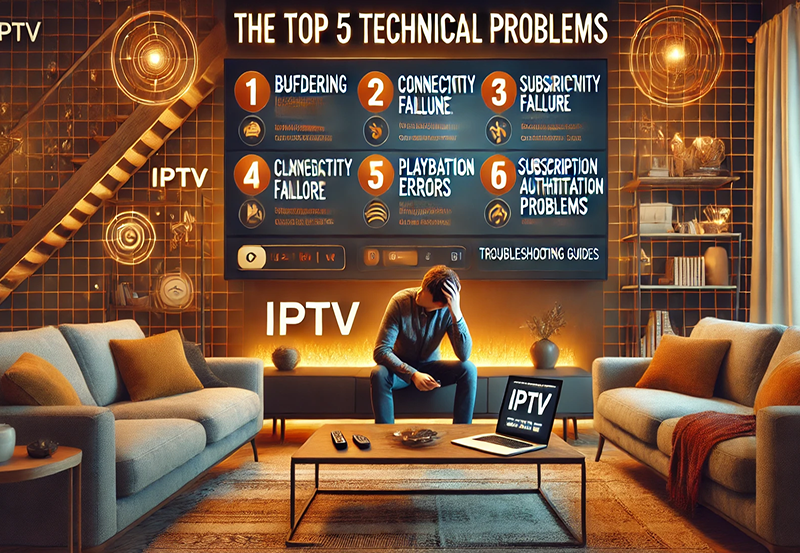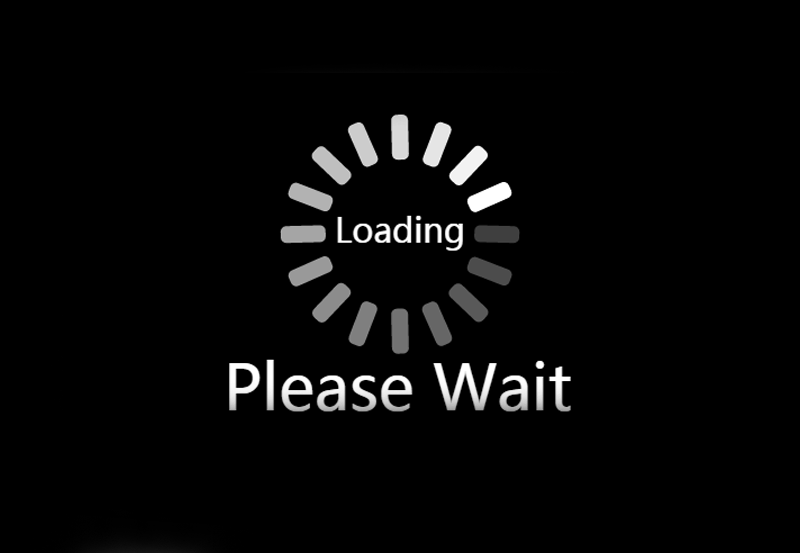Imagine settling down for an enjoyable evening, ready to immerse yourself in the latest episode of your favorite series. You’re using IPTV with movies and series, expecting a seamless experience. Yet, just as the plot thickens, the streaming falters and the dreaded frame drop occurs. Intriguing, isn’t it? How do these pesky interruptions creep into our Premium IPTV service, and more importantly, how do we combat them to Stream Smarter and Enjoy IPTV Better?
Defining Frame Drops in IPTV
At its core, IPTV—or Internet Protocol Television—offers digital television services via internet protocol networks. As a cutting-edge delivery model, it promises high-quality viewing experiences of both live content and videos on demand. However, a major hiccup often encountered is the menace of frame drops. But what exactly does this mean?
Frame drops occur when certain frames within a video sequence are not displayed during playback, resulting in choppy or jittery visuals. This not only disrupts viewing pleasure but can also challenge viewers’ patience. In technical terms, this is described as a failure in maintaining a consistent frame rate, which is crucial for smooth streaming.
Quick Suggestion:
Upgrade your viewing experience with Best IPTV USA, designed for flawless streaming of your favorite content.
Why Frame Drops Happen
A variety of factors contribute to frame drops, and understanding these can be pivotal in curbing them. Here’s what might be causing issues within your IPTV:
- Bandwidth Limitations: Limited bandwidth can’t support the heavy data transfer IPTV requires.
- Network Congestion: Multiple devices sharing the same network often result in interrupted streams.
- Equipment Issues: Outdated routers or hardware may struggle to support data-intensive streaming.
- Server Challenges: Problems on the service provider’s end can result in interrupted service delivery.
Bandwidth: A Double-edged Sword
While fast internet is often hailed as a panacea for streaming woes, it’s not always the ultimate fix. A critical factor here is how bandwidth is divided among devices. Picture a pie shared unevenly—someone is bound to get less. Streaming high-resolution content demands a significant slice of that bandwidth pie.
Network Performance & Equipment
Even with abundant bandwidth, congestion can stall perfect performance. Picture your home network as a crowded highway: no matter how many lanes you have, if everyone decides to use it simultaneously, traffic jams ensue. The same principle applies to network traffic during streaming.
Solutions for IPTV Frame Drops
Wouldn’t it be nice to eradicate frame drops entirely? While a perfect solution might be elusive, proactive measures and informed choices can vastly improve your IPTV experience. Let’s explore practical solutions:
- Upgrade Your Internet Plan: A higher speed could ensure smoother streaming.
- Edit Your Network Setup: Use wired connections where possible to reduce interference.
- Regular Equipment Checks: Ensure all devices and firmware are up-to-date.
- Optimize Usage: Stagger device usage to prevent overloading your network.
Choosing the Right Equipment
Beyond internet plans, equipment plays a crucial role. Upgrading to a high-quality router designed for streaming can drastically improve connection stability. Consider routers that provide features tailored for multimedia traffic, ensuring prioritized delivery for IPTV content.
Expert Advice for Smoother Streaming
Certain experts advocate for elite IPTV services and configurations to better alleviate frame drops. Here’s a snapshot of what the pros suggest:
- Service Reliability: Choose Premium IPTV providers known for stability.
- Personalized Configurations: Tailor settings on streaming devices for optimal performance.
- Streamlining Content: Awareness of peak times and light usage can enhance experience.
The Future of IPTV and Frame Drops
As technology advances, so does the promise of IPTV. Emerging solutions, from improved compression algorithms to AI-driven network optimizations, potentially foresee a dramatic reduction in frame drops. This is exciting; yet it raises the question: how quickly will these innovations become widely available?
AI and Machine Learning
Both AI and machine learning hold promise in detecting and predicting issues before they impact the user experience. Consider systems that learn from streaming habits and preemptively adjust bandwidth allocation, potentially minimizing interruptions seamlessly.
FAQ Section

What is IPTV?
IPTV stands for Internet Protocol Television. It involves delivering television content over internet networks rather than traditional terrestrial, satellite, or cable formats.
Why do frame drops happen in IPTV?
Frame drops can occur for several reasons, including insufficient bandwidth, high network congestion, outdated equipment, and server issues from the service provider’s side.
How can I improve my IPTV streaming experience?
Consider upgrading your internet plan, using wired connections to reduce interference, conducting regular equipment checks, and optimizing device usage to prevent network overload.
Are premium IPTV services better?
Premium IPTV services generally offer higher reliability and better content quality, often accompanied by advanced customer support, making them a worthy consideration for serious viewers.
What equipment is needed for optimal IPTV performance?
Having a high-quality router specifically designed for streaming can greatly enhance your IPTV viewing experience. Ensure your devices and firmware are always up-to-date as well.
Beginner Tips for Connecting Roku to Any TV Effortlessly





